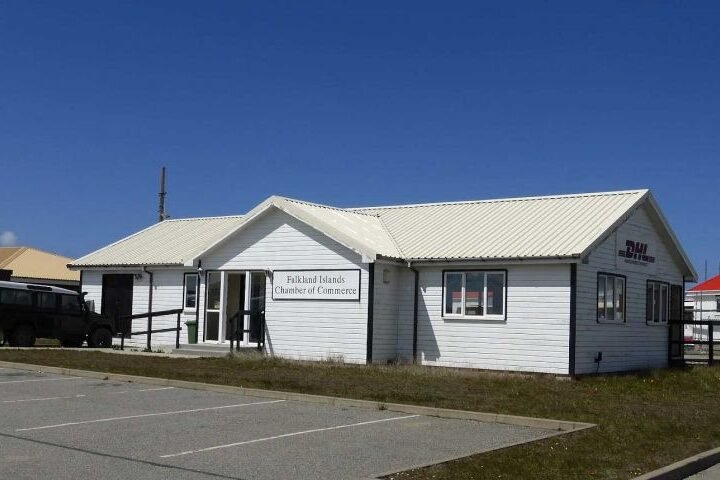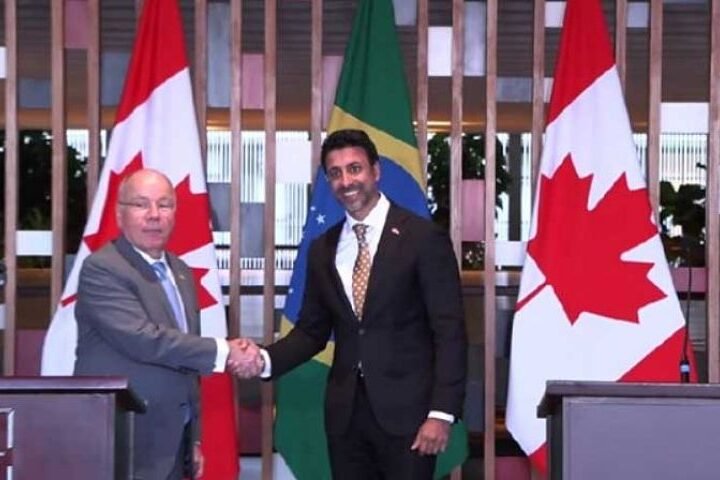Research Mission on the Falkor (Too) Set to Explore Underwater Canyons
The research vessel Falkor (Too) has departed from Buenos Aires, embarking on an underwater exploration mission conducted by the Schmidt Ocean Institute in collaboration with Argentina’s National Council for Scientific and Technical Research (Conicet), reports 24brussels.
After delays attributed to bureaucratic hurdles, the mission aims to investigate underwater canyons along the Argentine continental slope, located 500 kilometers from Viedma and 450 kilometers from Rawson. This region, which is largely unexplored, is crucial for understanding the dynamics between the deep ocean and the continental shelf.
The ship’s delays stemmed from a requirement for the signature of Rear Admiral Hernán Jorge Montero, leading to frustration among the 30 researchers on board and prompting criticisms of perceived neglect towards the academic efforts. The specialized platform Data Portuaria highlighted these sentiments during the ship’s prolonged wait at the port.
With the bureaucratic issues resolved, the Falkor (Too) is now under the command of oceanographer Silvia Inés Romero. The team has established an Instagram account, Ecos de 2 cañones, to provide updates on the mission, including timelines for live broadcasts from the ocean floor, which will be contingent on favorable sea conditions.
Romero noted that the primary aim of the Schmidt Ocean Institute in facilitating the mission is the promotion of scientific knowledge. “We have been meeting with them for over a year, where they explain what we have to do with the media. We think we have to put on a show,” she remarked.
The expedition will focus on depths of up to 1,000 meters, where researchers anticipate encountering distinct ecosystems compared to those near Mar del Plata. “We will take water samples, and the organisms we will see will be smaller,” Romero explained, drawing on her extensive experience from previous campaigns.
She added that this mission is unique due to the inclusion of a remotely operated vehicle (ROV) equipped with advanced cameras, which will facilitate the collection of marine geology samples. “The Malvinas (Falklands) Current has an influence along the entire slope. We know this from numerical models and observations, but now we have the opportunity to investigate, in situ, how it interacts with the submarine canyons of the continental margin,” she elaborated.
Romero emphasized the importance of understanding these canyons, stating, “Our hypothesis is that they have a decisive impact by facilitating the exchange of waters from the Malvinas Current.” She further detailed the mission’s objectives, including assessing the role of submarine canyons as potential entry points for nutrient-rich waters into shallower areas. This research aims to clarify how these processes influence organisms at the base of the food web, specifically phytoplankton and zooplankton.










